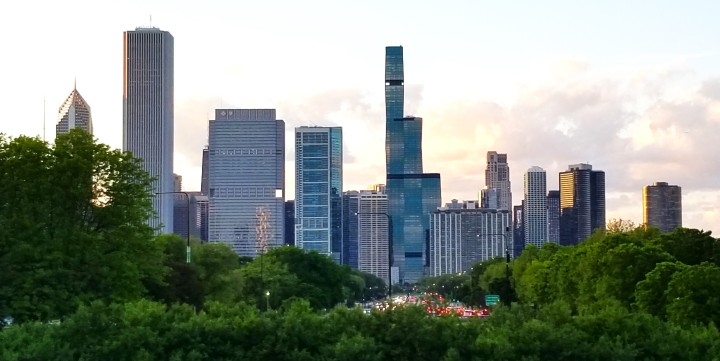
My husband was recently in Chicago for business, and I tagged along. Chicago, rightly nicknamed The Windy City, is a fascinating place, with lots of things to do; modern architecture coexists with the many historic buildings in the downtown area, known as The South Loop:
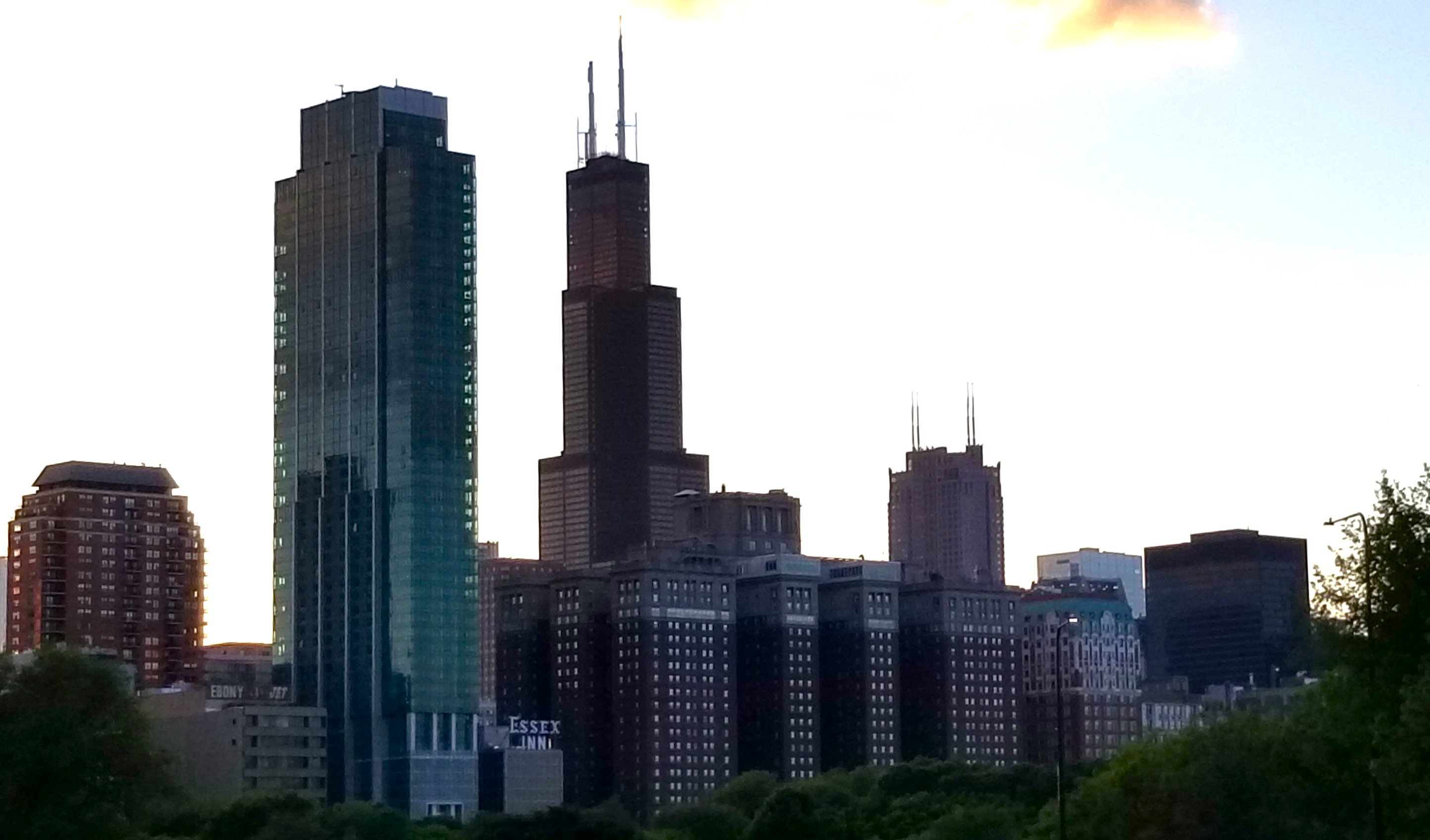
During the week, we stayed at the Hilton Chicago (720 South Michigan Avenue, Chicago, IL 60605), seen above, right to the Essex Inn. From their website: “On May 2, 1927, Hilton Chicago (originally the Stevens Hotel) opened its doors as the largest hotel in the world with 3,000 guest rooms, 27 chair barber shop, a pharmacy, a candy shop, a five-lane bowling alley, 1,200 seat movie theatre and an 18 hole miniature golf course atop the hotel.” It was bought by Hilton in the 1950s, and currently it is part of the conservation program “Historic Hotels of America.” I found the architecture really interesting, composed of several wings (four at the front), to ensure each room has a window. There was a huge renovation in the 1980s, but classic glamour was preserved in their décor (photo below, left). Because of the floor plan, the wings are connected by halls leading to a long main corridor (happy to report there were no creepy-twin-girl sightings, lol, photo below, right):
Amongst other remarkable buildings, I visited the downtown Macy’s, originally the Marshall Field & Co. headquarters store. Built at the turn of the 20th century, it is a National Historic Landmark; all around, there were elegant balconies and columns, twinkling chandeliers, and their most famous feature is the Tiffany dome (third photo from left, and its history on photo, right):
NOTE: Like all other Macy’s, they have a department called “Backstage”, filled with quality products on sale, at amazing prices; at this store, it is in a somewhat secluded section in their basement.
Over the weekend, we moved next door to the Blackstone (636 South Michigan Avenue, Chicago, IL 60605; building with green top, right to the Hilton), another beautiful hotel, declared a historic landmark in 1998; from their website: “Since 1910, The Blackstone has attracted celebrities, socialites, and politicians. Appropriately named “The Hotel of Presidents,” this historic Chicago hotel has hosted several heads of state, from Teddy Roosevelt to Jimmy Carter. The Astors, Rockefellers, and Vanderbilts were also frequent visitors, as were such revered icons as Lena Horne, Nat King Cole, and Rudolph Valentino. The hotel also had a notorious streak, favoured by legendary mob bosses “Lucky” Luciano and Al Capone. Despite the hotel’s years of being shuttered after a failed attempt to turn the building into a premier condominium complex, The Blackstone was revamped and reborn in the new millennium, evolving into one of the most admired hotels in Chicago, Illinois.” Some of their archive photos show a very different landscape, being one of the first tall buildings around. Their elevators had Westinghouse brass plaques, and all around, there are snarky quotes and photos of historic, famous, and infamous figures, including on their stationery (photo below, left). The last renovation took place in 2017, which shows in their rooms and pristine bathrooms (photo below, right):
For more than one hundred years, starting as early as the mid 1800s, Chicago was the hub for many industries in the US, including steel milling, and meat packing, and with them, came the need for extensive railroads. Steelmaking started in Chicago around 1865, and European workers arrived, recruited by the steel companies to work in the mills; wages were high, as well as demand. Chicago was acknowledged as the country’s meat packing centre from Civil War times in the mid 1860s, until around the end of World War I (1918 to early 1920s). The first railroad in Chicago was chartered in 1836 to build tracks to the lead mines at Galena in north-western Illinois; railroads to transport large volumes of materials and produce were needed, and from there, trains connecting to major cities, such as Detroit, St. Paul, and Cleveland were built. Chicago is still the most important interchange freight point in North America.
At the onset of World War I in the mid 1910s, a new workforce was needed for these and other industries, such as clothing; many Mexicans from the states of Guanajuato, Jalisco and Michoacán who had emigrated to the US Southern states, such as Texas, along with African Americans from that area, made their way up to Chicago to fill this need. Most of the jobs for these groups were semi or unskilled positions, with long hours, for example for train companies, as Pullman porters; later on, female employees had jobs cleaning cars, or as on-train maids. Although during the Great Depression many immigrants were repatriated, and the steelmaking and meat packing industries were suffering a decline, by the 1950s the Mexican and Mexican American population had grown considerably, and around 35 000 people in Chicago were considered Spanish-speaking (this including residents from Puerto Rico and other Latin American countries).
Originally settling near their workplaces, that is, South Chicago for the steel mills, Back of the Yards close to meat packing houses, and the Near West Side area by the railroad networks, many Mexican families were displaced due to gentrification in their neighbourhoods, and more specifically, in the 1960s, the construction of the University of Illinois at Chicago Circle in Near West Side forced many to move to Pilsen (18th Street); by the 1970s, that Mexican neighbourhood had expanded all the way to 26th Street, to what is now known as “La Villita” (Little Village):
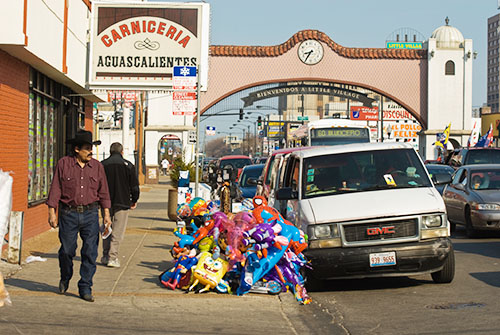
The census of 2000 counted more than 530,000 Mexicans (and descendants) living in the city of Chicago alone, and more than 1.1 million within the whole metropolitan area. Civil, political and cultural associations have been able to achieve important goals, such as the construction of the Benito Juárez Community Academy, inaugurated in 1977, and the National Museum of Mexican Art, founded in 1982, which opened its first building in 1987, and is now considered to have one of the best collections of Mexican Art in the country.
Nowadays, Mexican culture and cuisine have a strong presence in Chicago, not just within its Hispanic neighbourhoods, but citywide, and there are lots of restaurants and events celebrating this rich heritage. We managed to catch the end of Mexico Fest (May 3-5, 2024), an annual Cinco de Mayo celebration at the Navy Pier, this year with vendors and performers from the Mexican states of Querétaro, Nayarit, Durango, and Chihuahua:
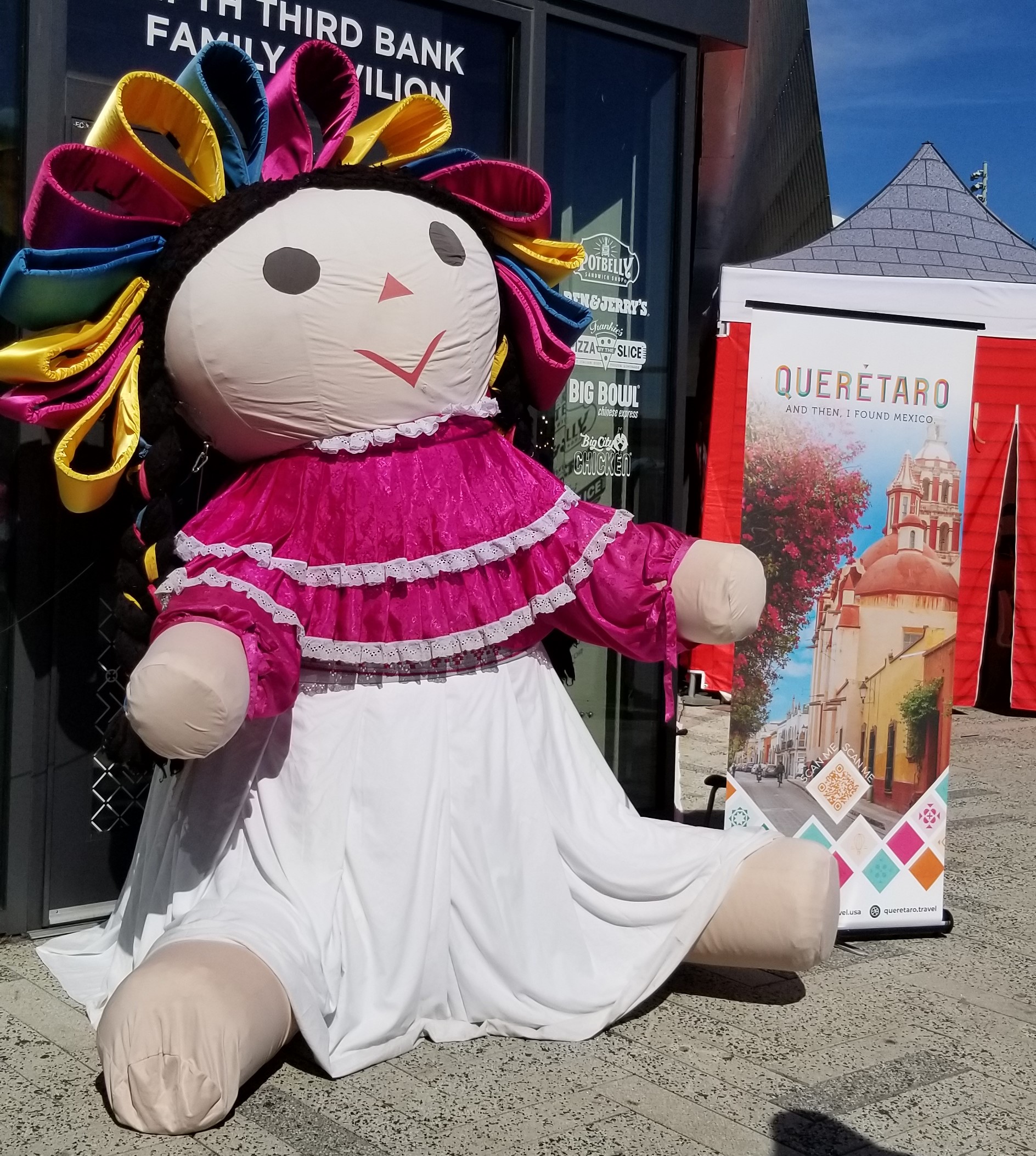
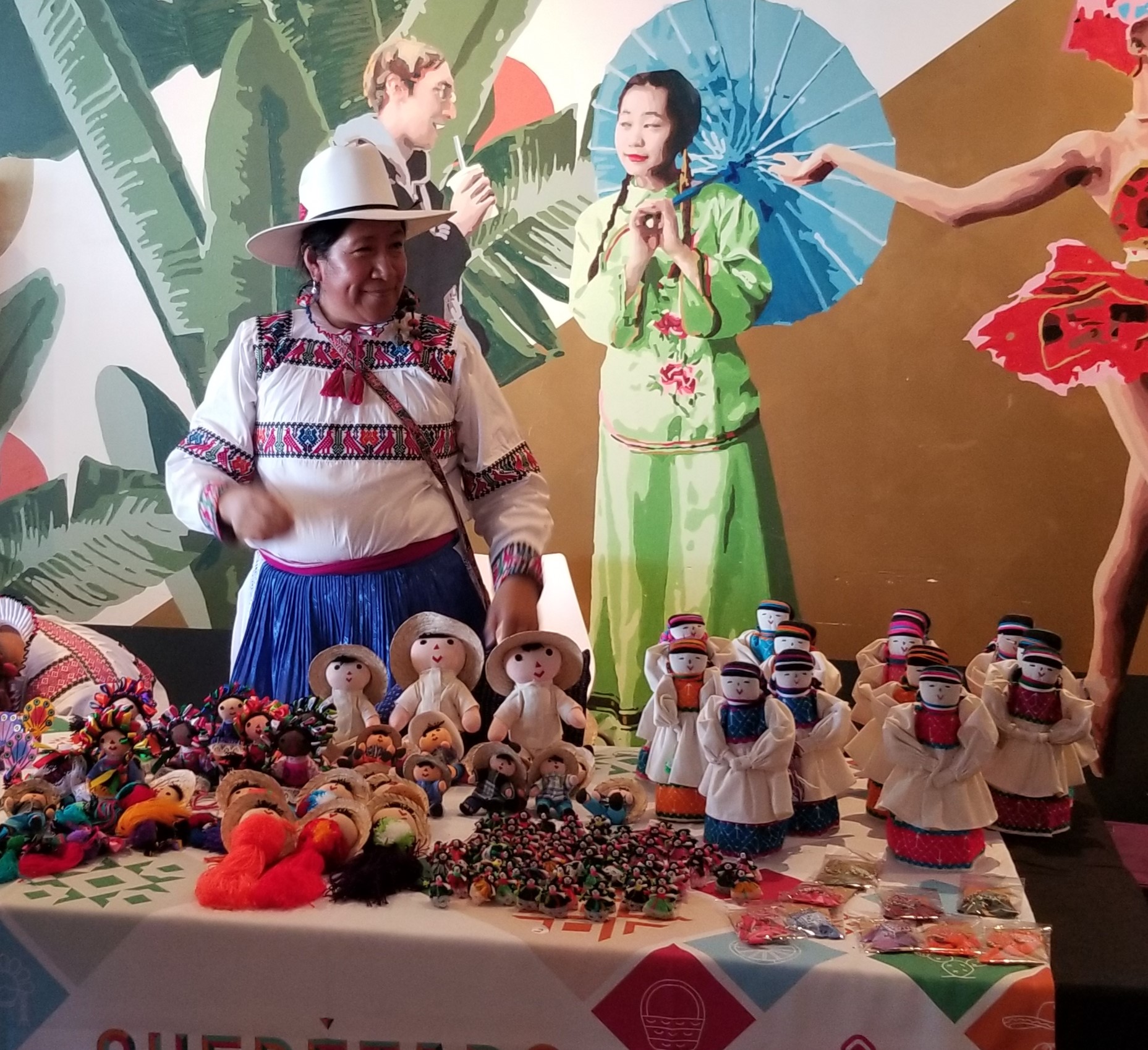
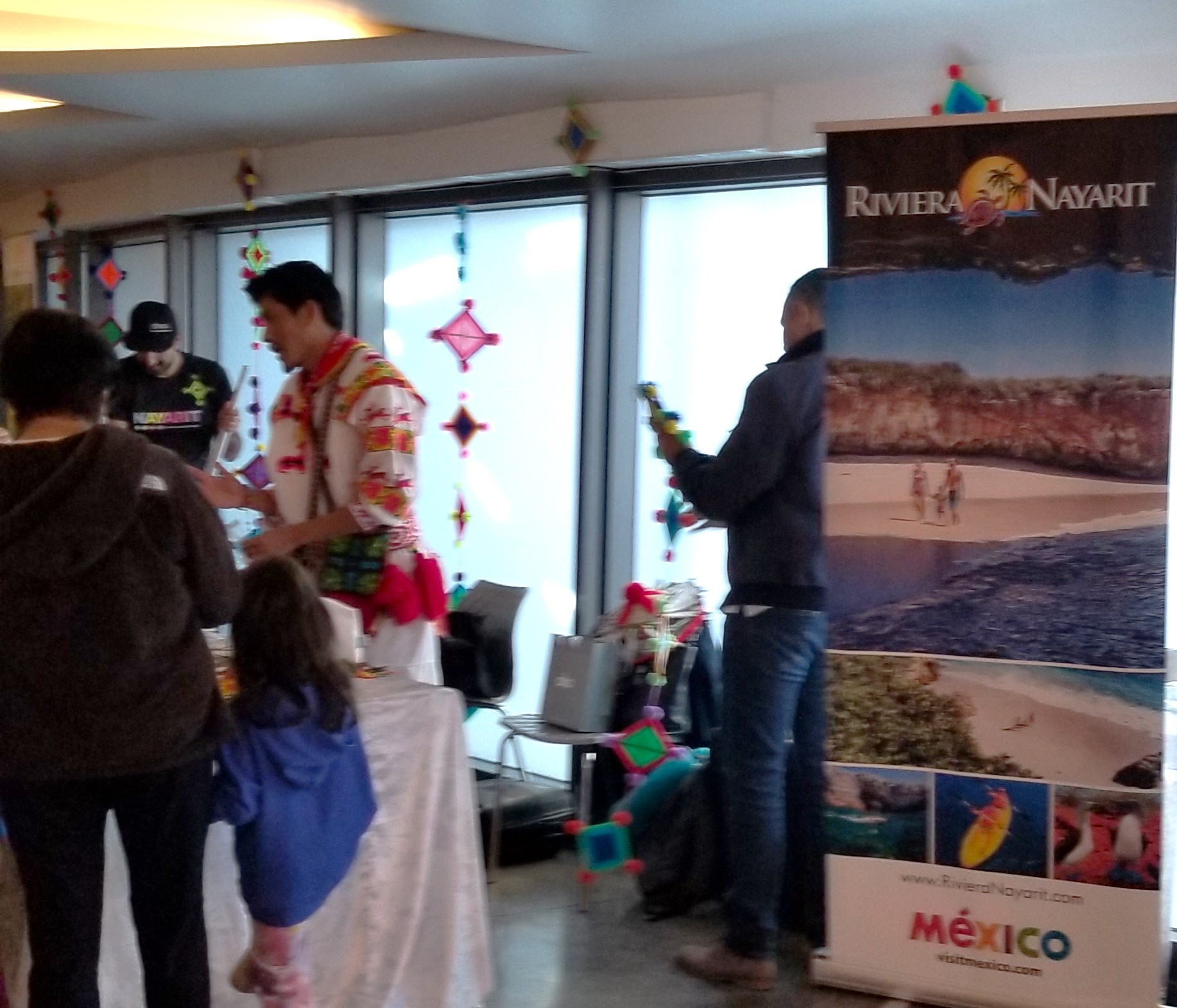
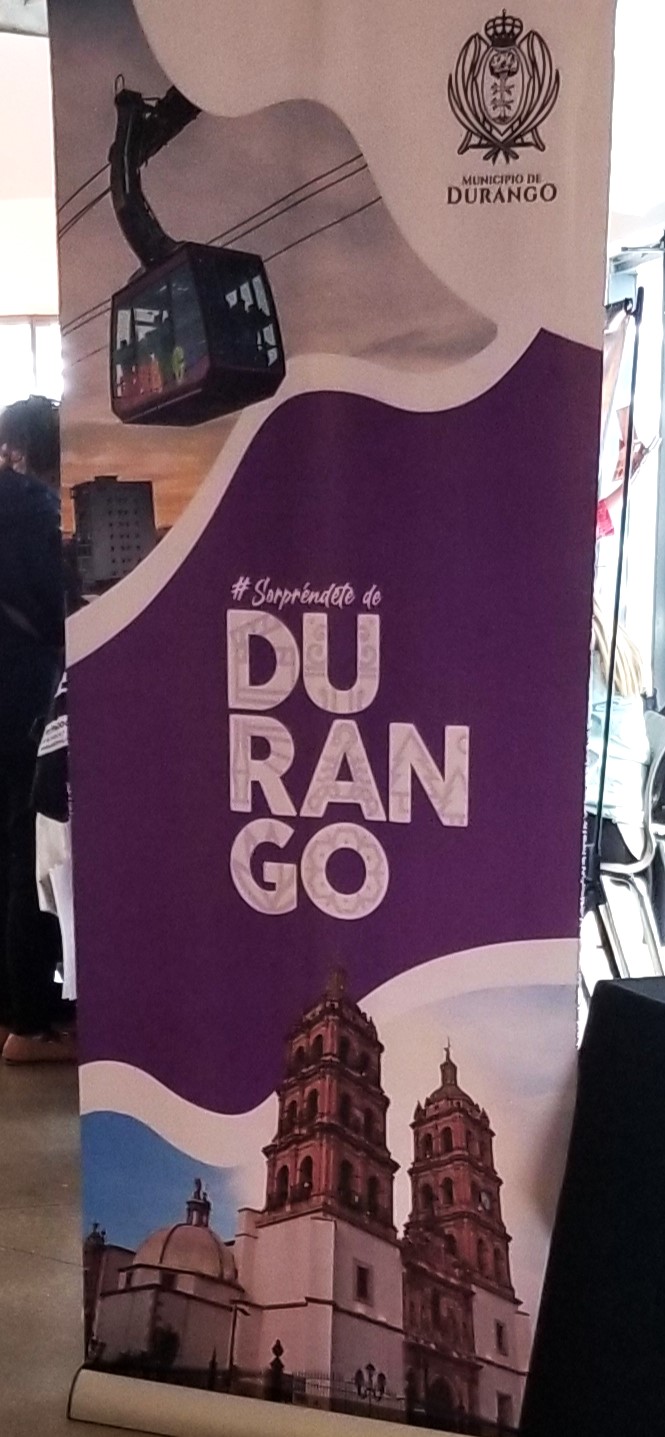

Other events coming soon to Chicago are Mole de Mayo Festival, May 24-26, 2024, and a friendly soccer match Mexico-Bolivia, May 31, 2024.
We also visited the National Museum of Mexican Art, had delicious tacos and other local and Mexican specialties, and just as I wanted for Mother’s Day, we did find a delicious tres leches cake, with strawberries and cajeta (goat’s milk caramel):
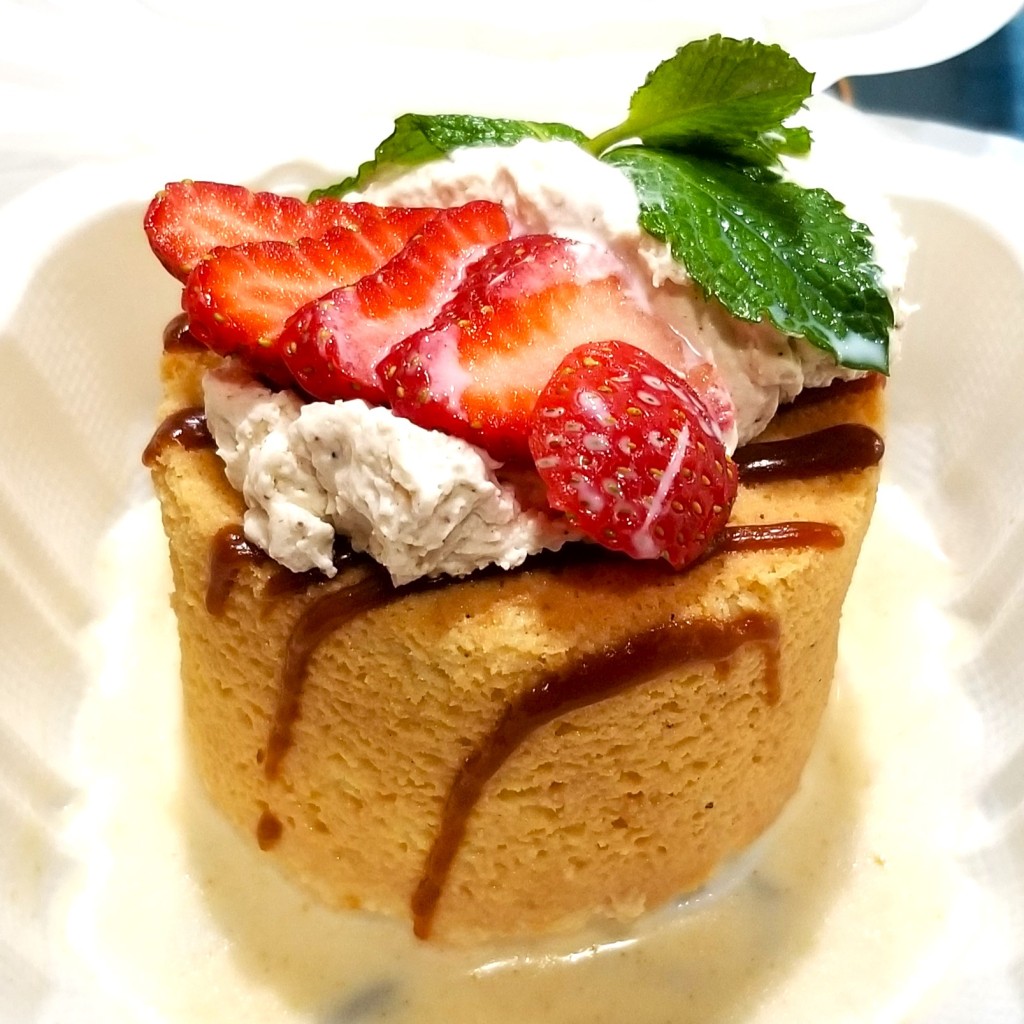
Stay tuned for more on that, in my next posts.

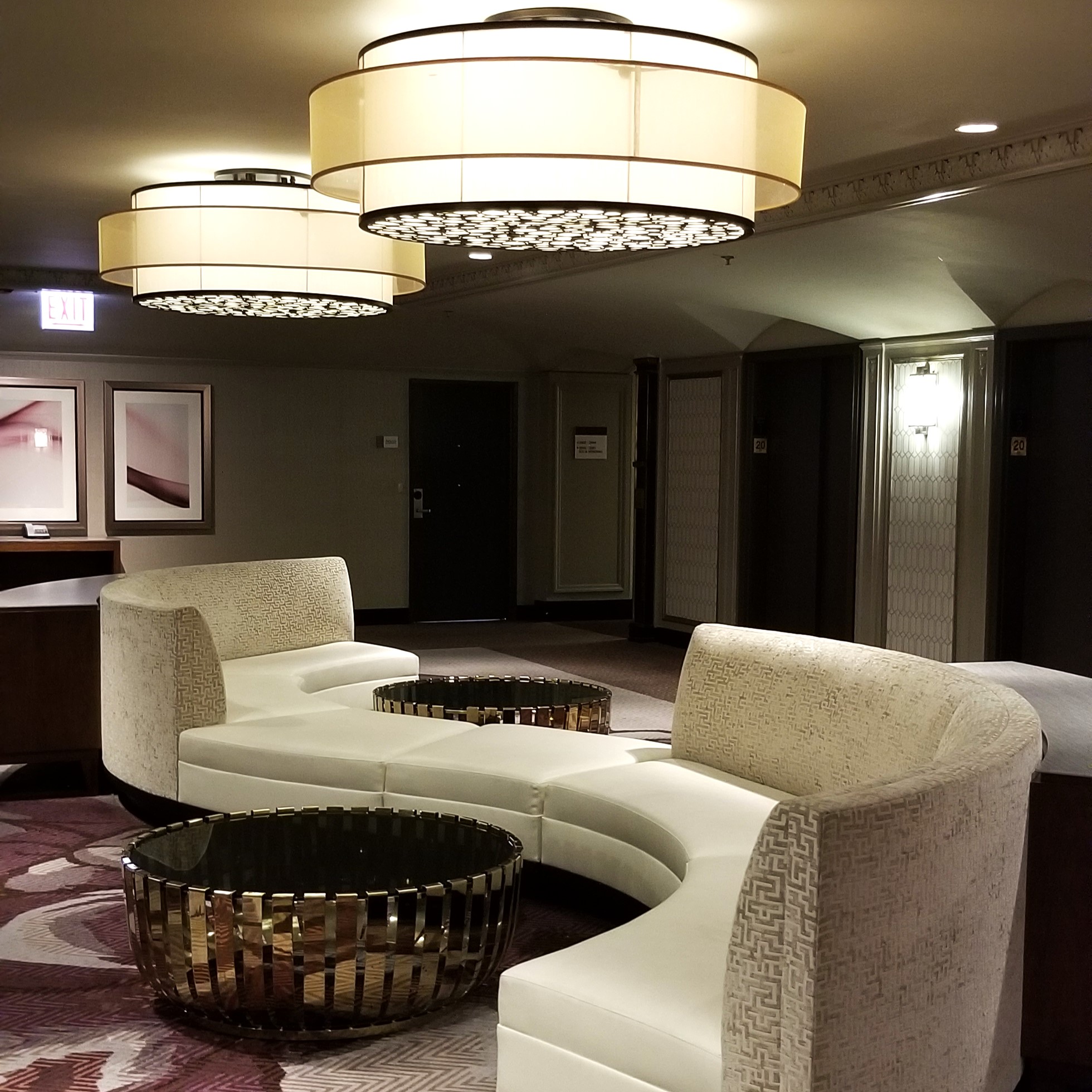
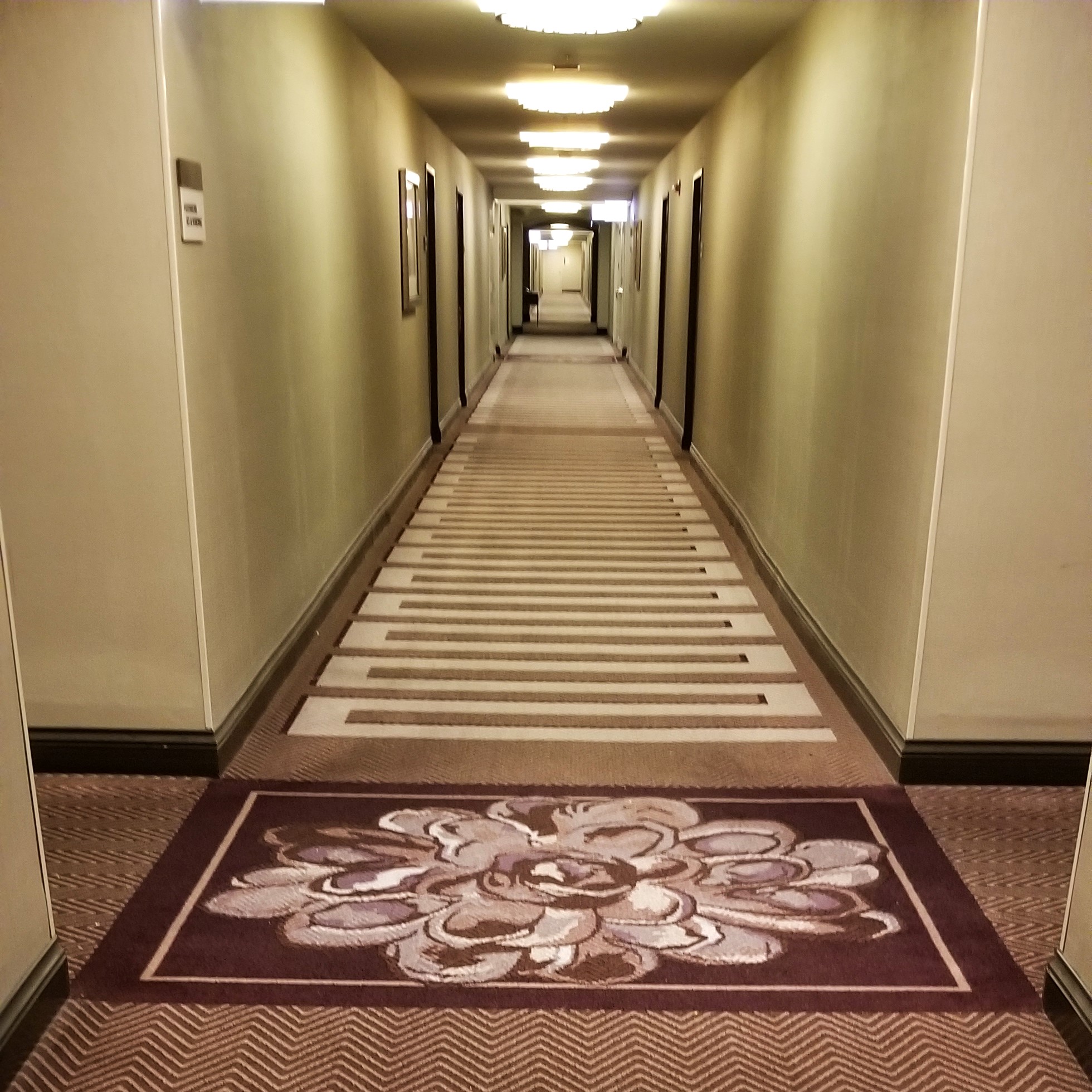
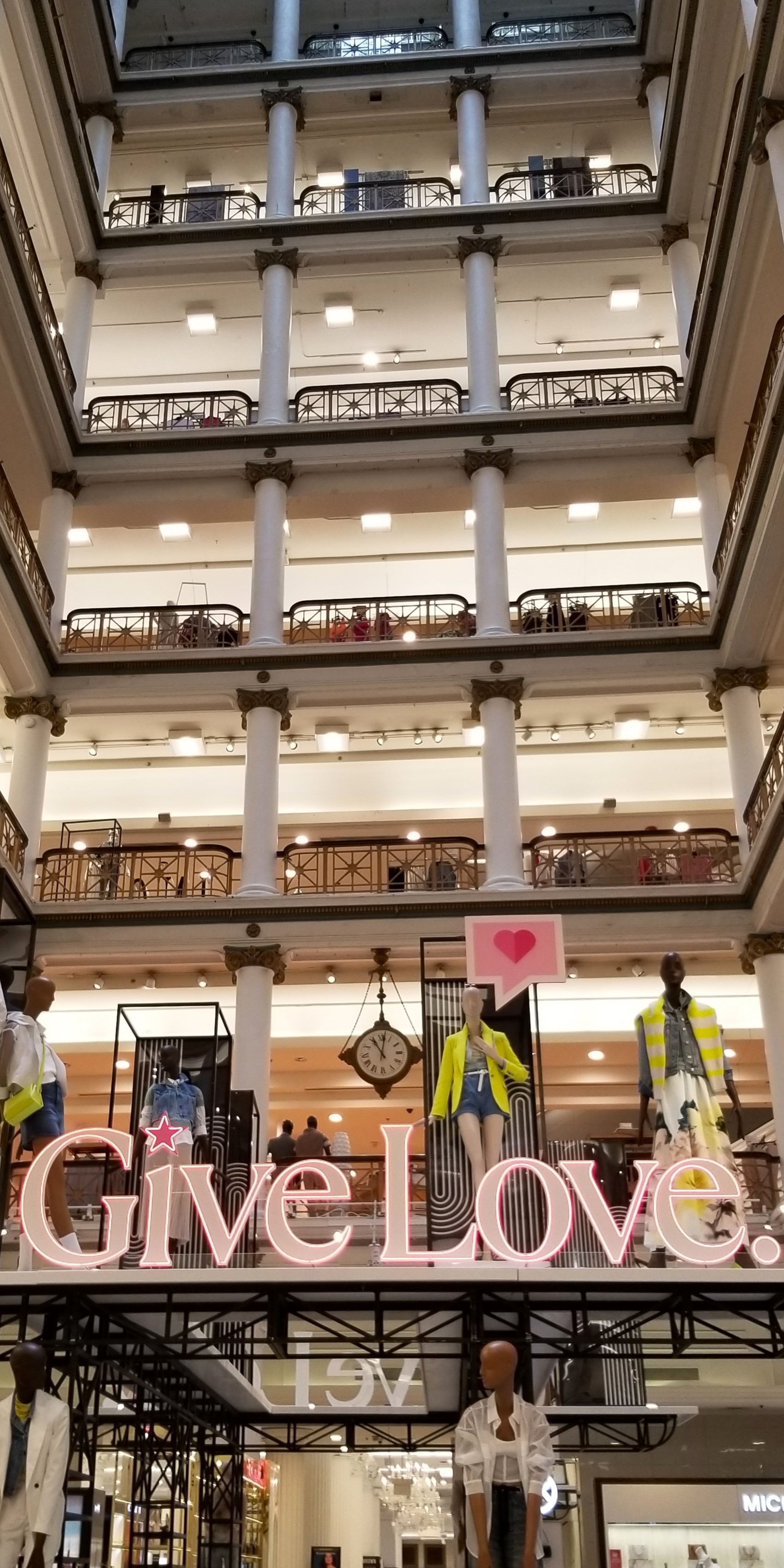
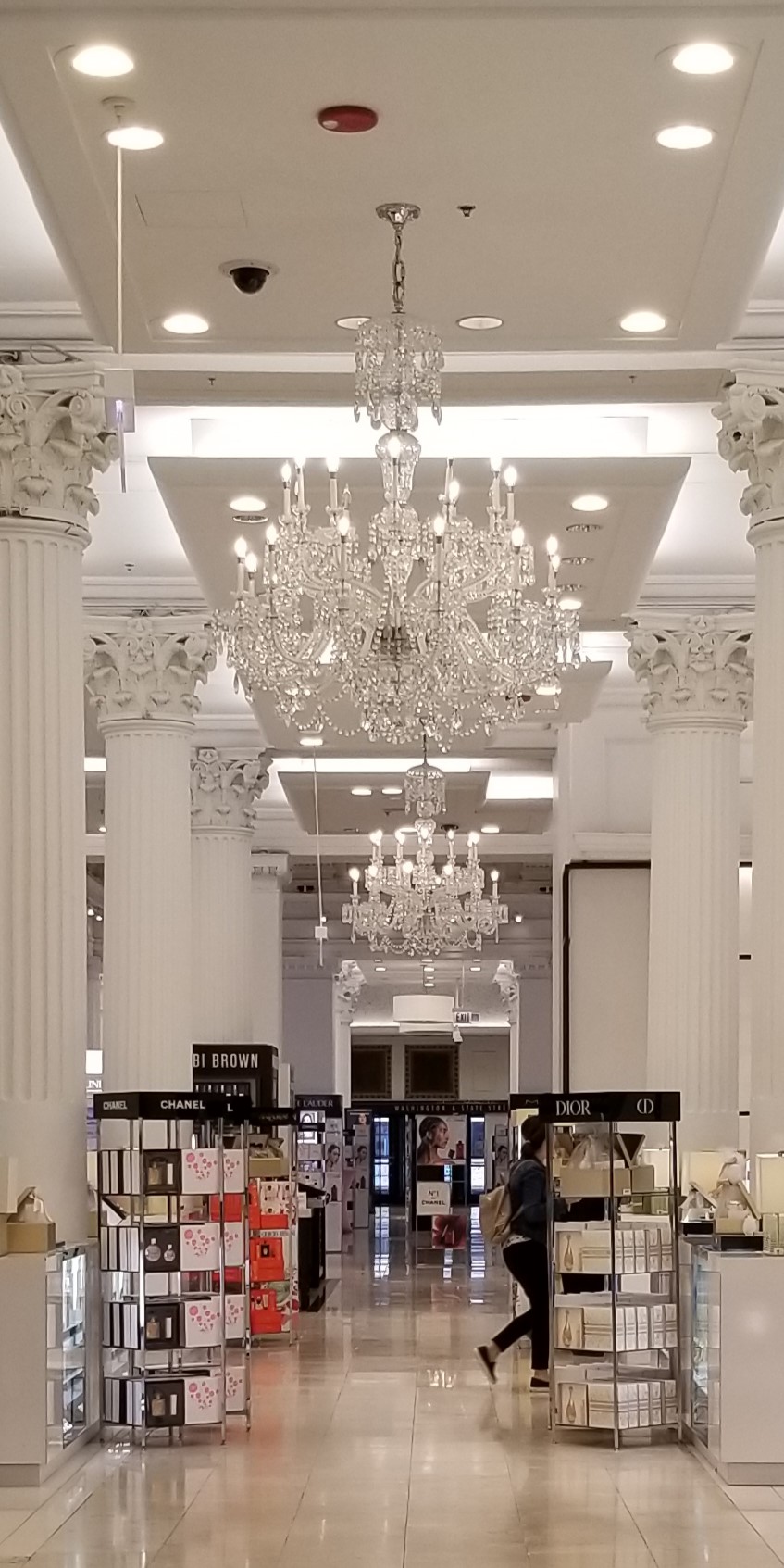
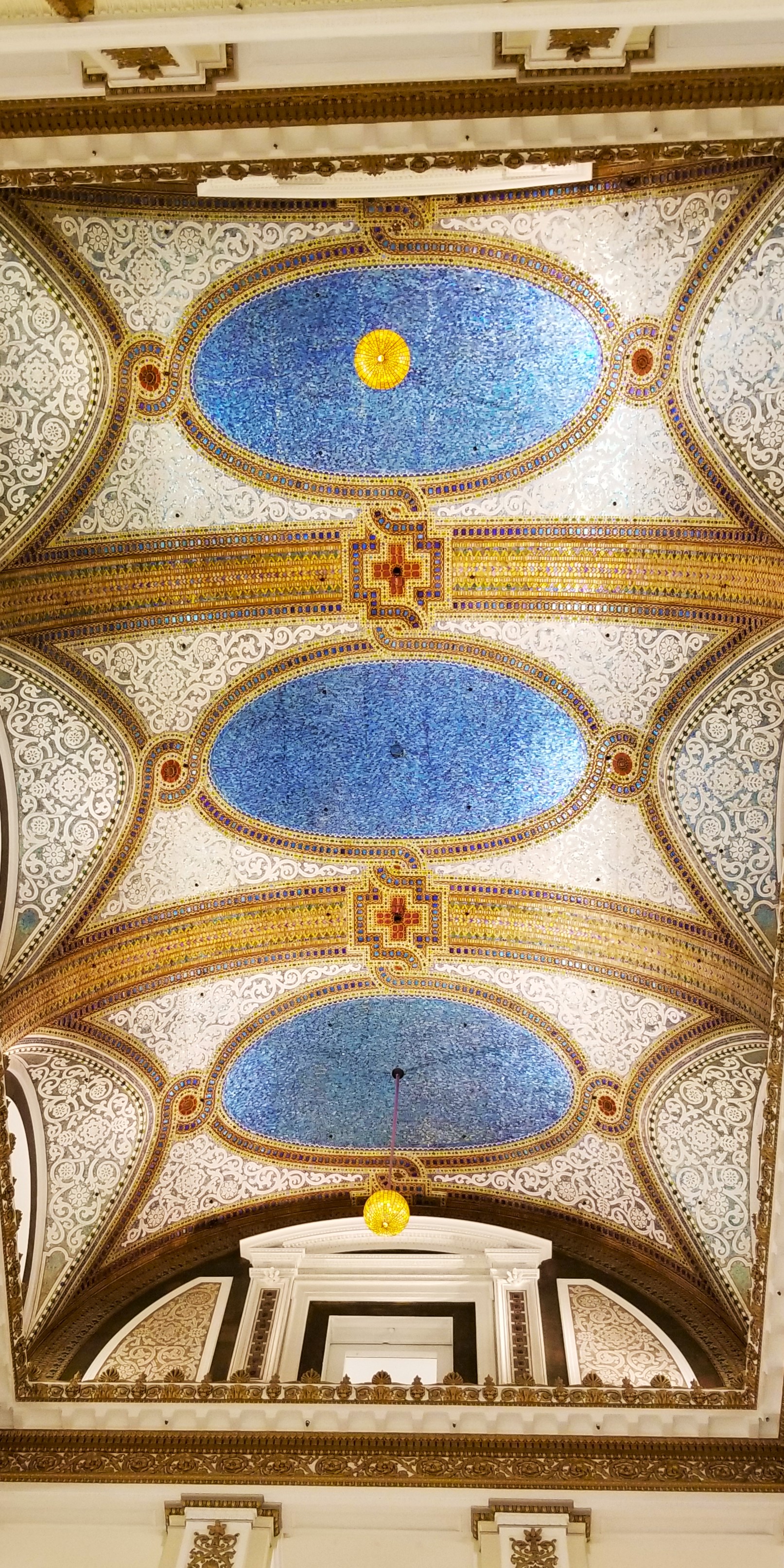
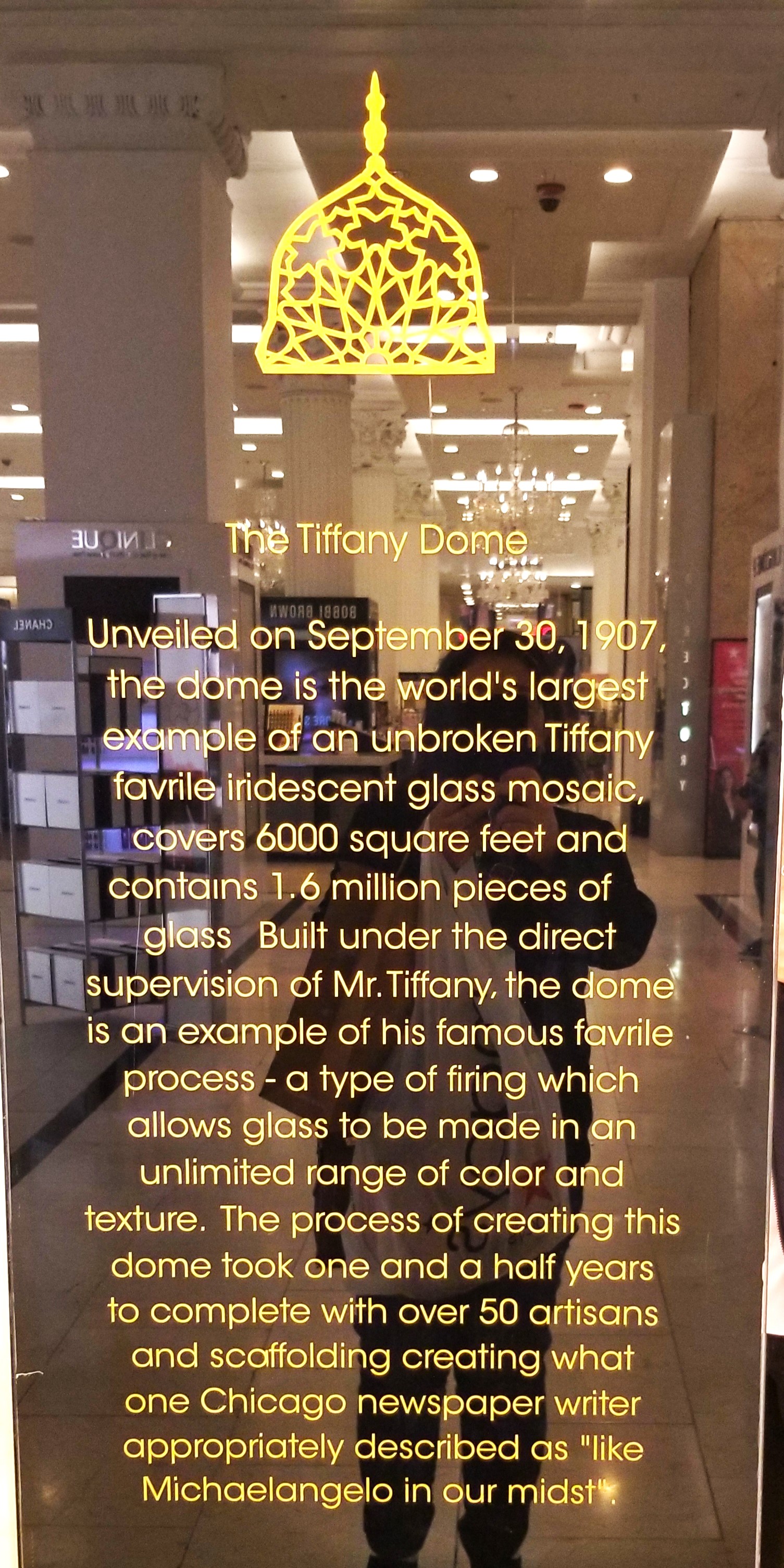
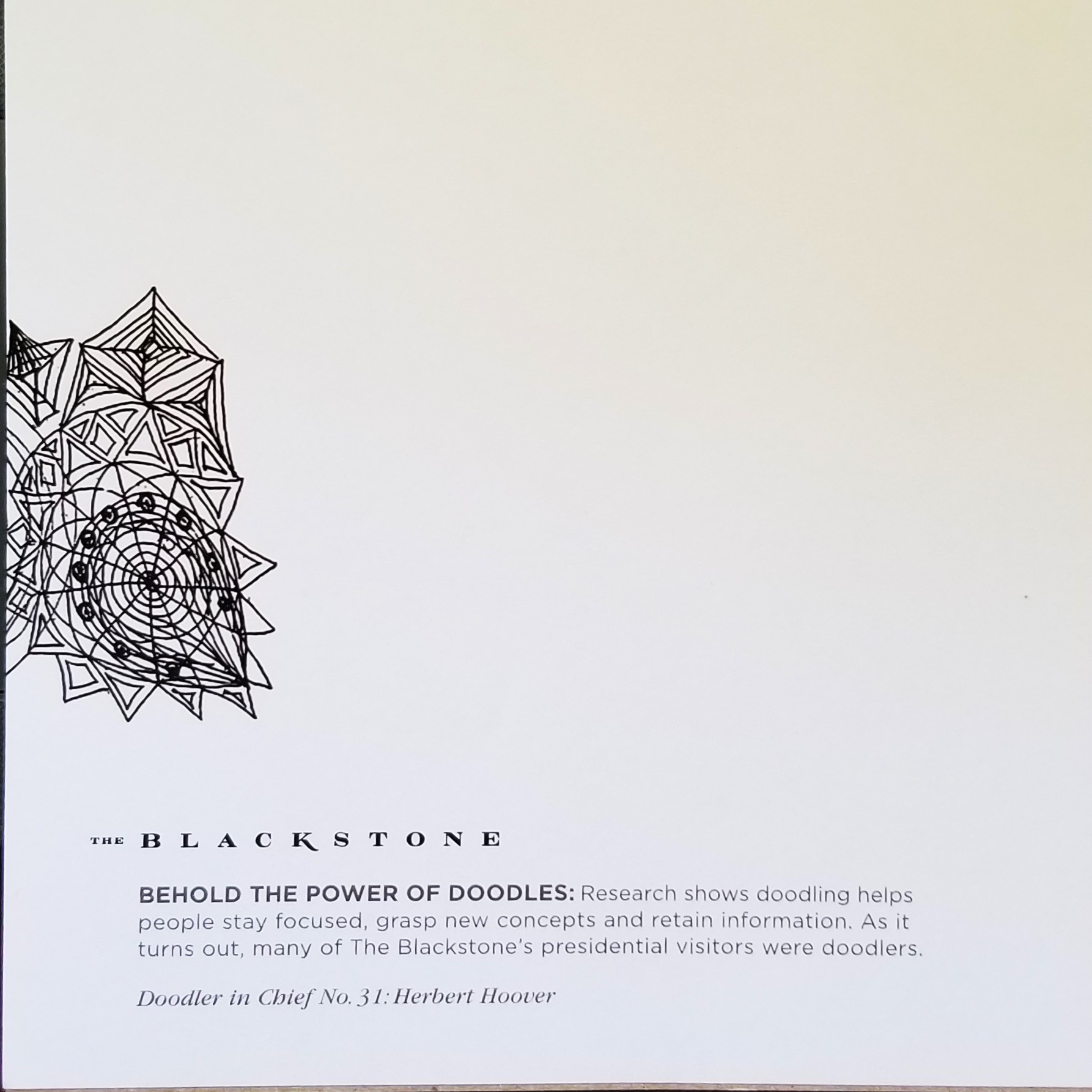
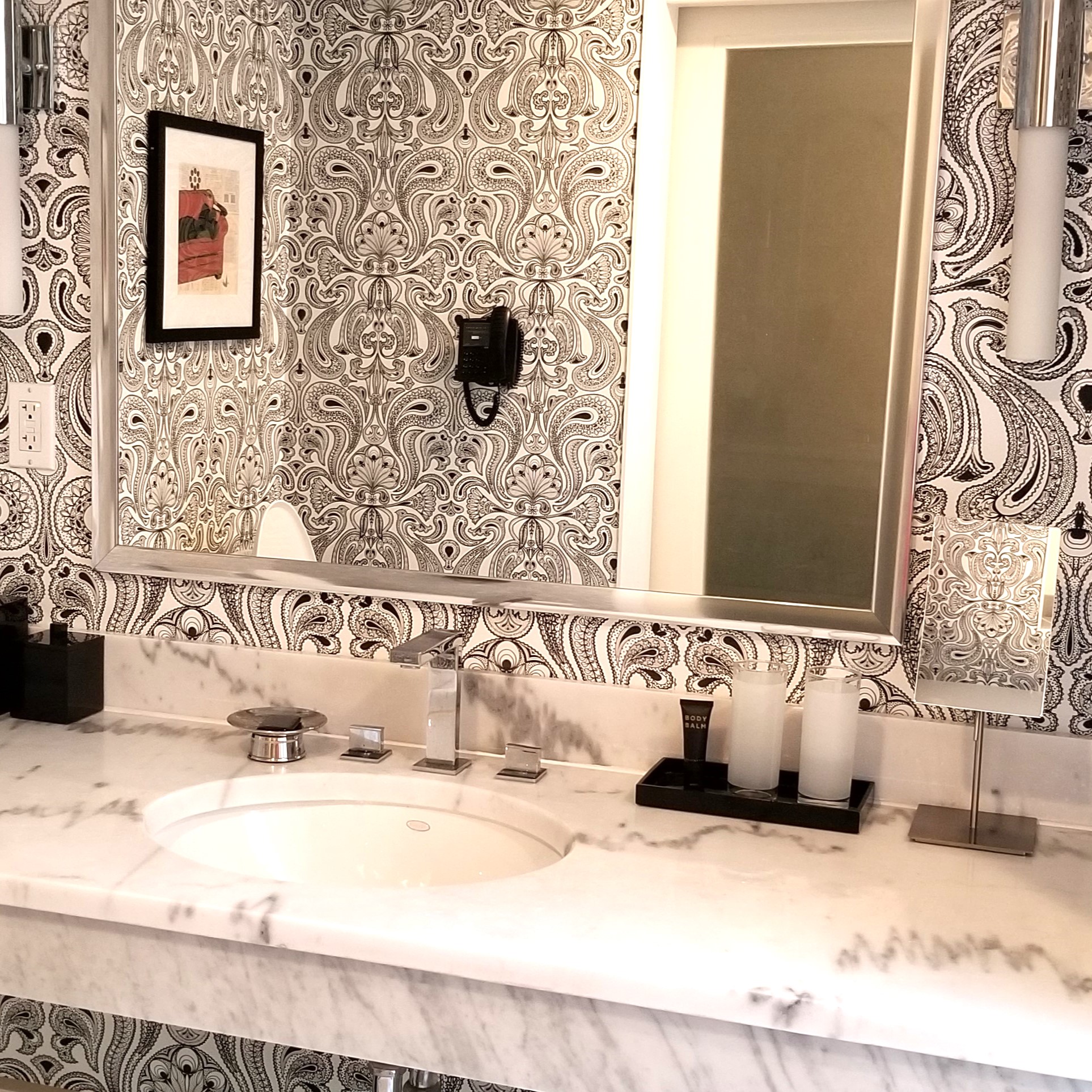







That cake looks so delicious. Thanks for the history about Mexican Americans in Chicago.
LikeLiked by 1 person
It was a yummy cake; glad you enjoyed the post, Rebecca!
LikeLiked by 1 person
So interesting! My first ever Mexican meal was at the Fronteira Grill in Chicago many moons ago.
LikeLike
Cool, we didn’t make it there, but I like Rick Bayless’ shows on PBS, hehe.
LikeLiked by 1 person
PBS is a US network?
LikeLike
Yes, US Public Broadcast Service, I get a few of their stations in Canada.
LikeLiked by 1 person